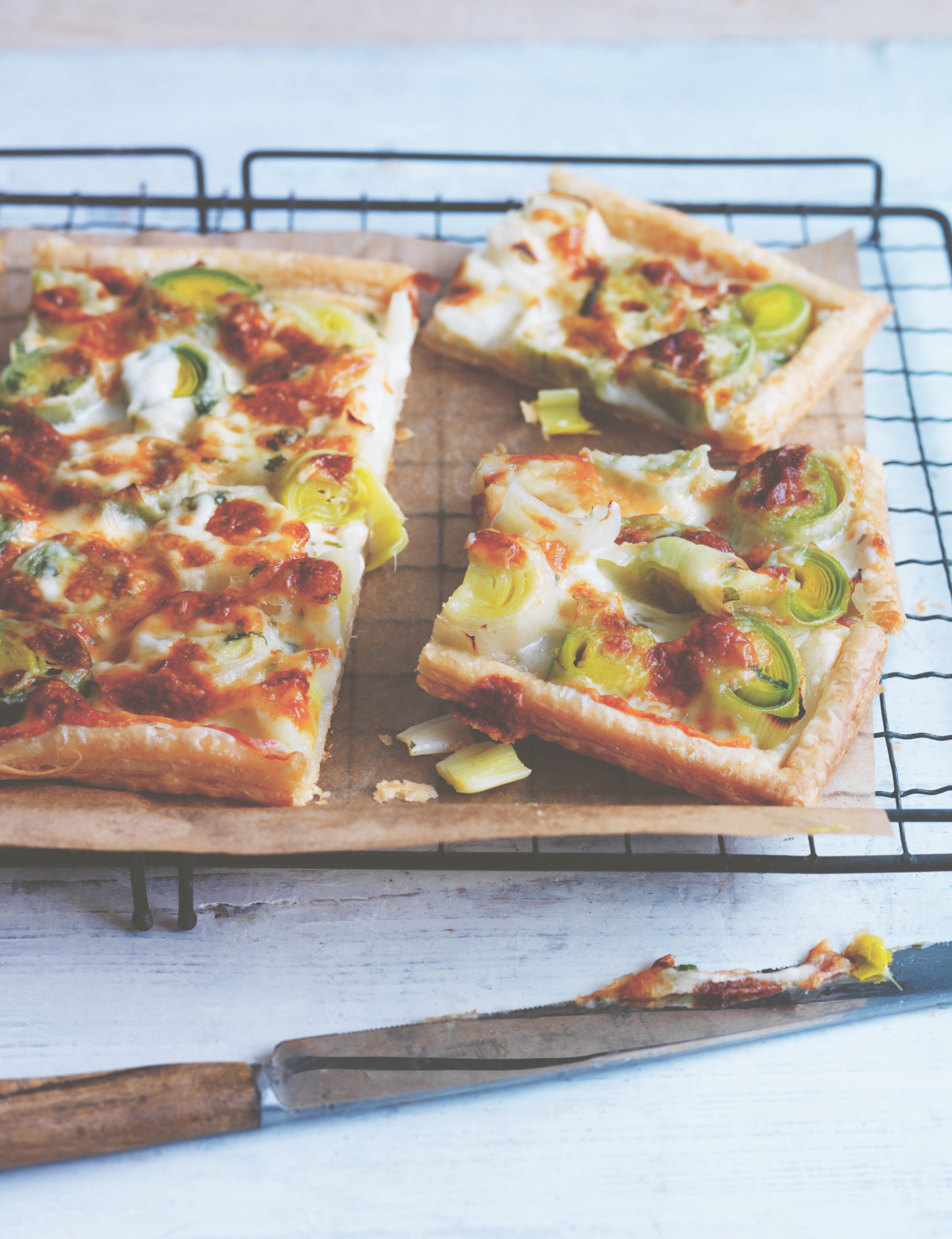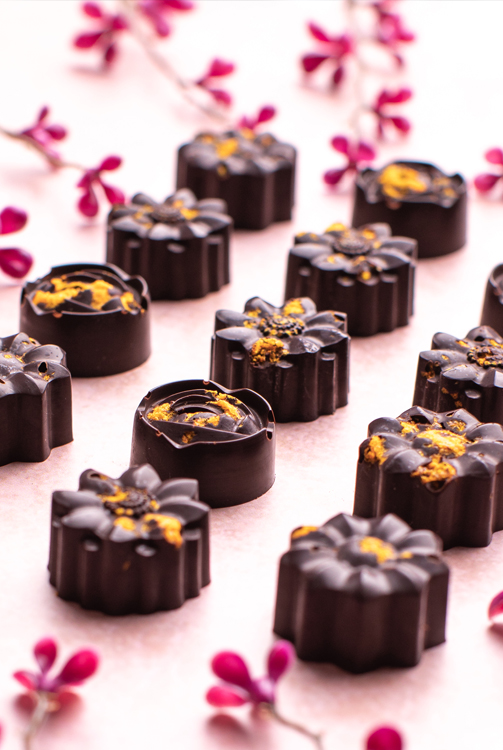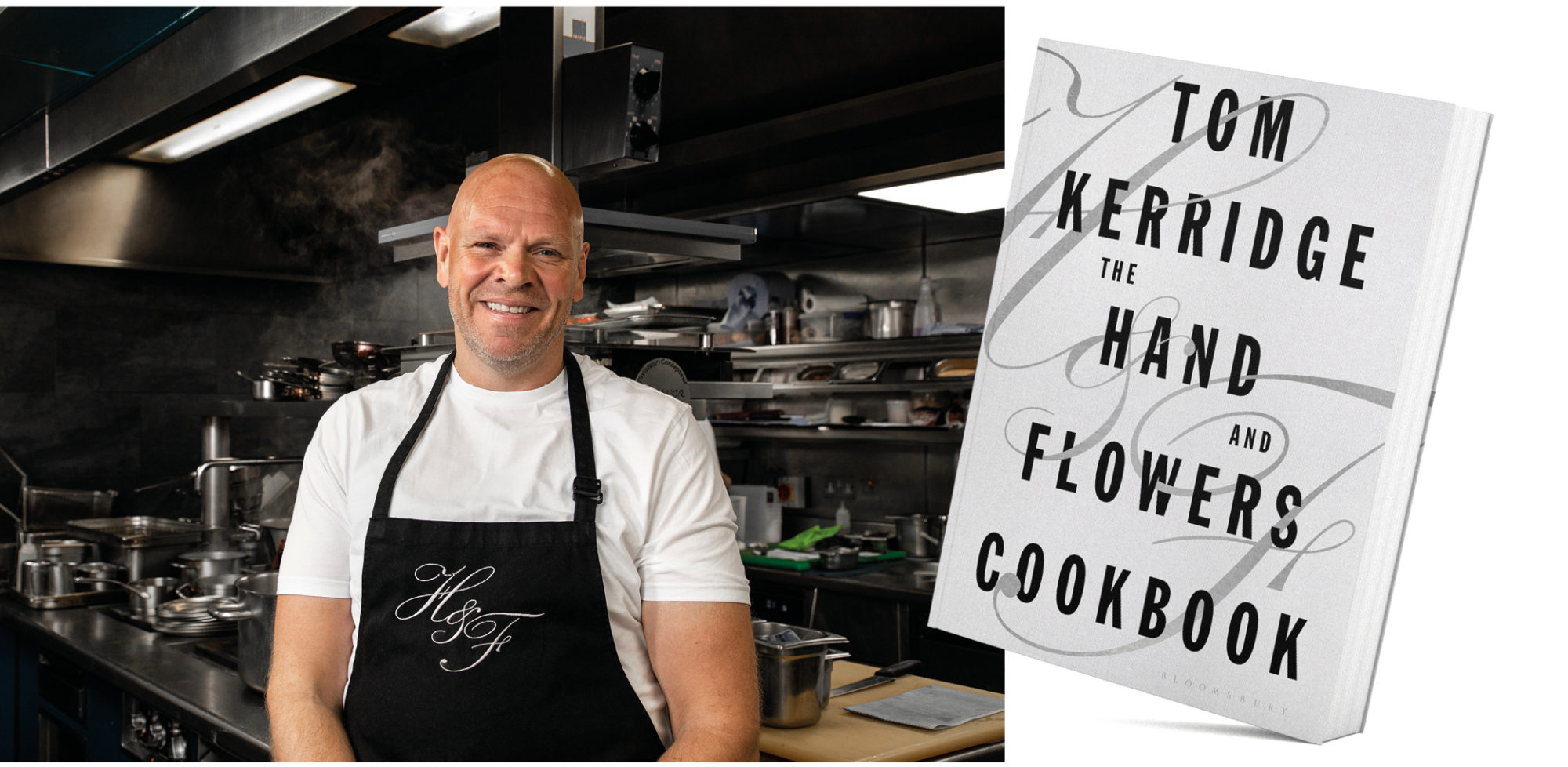Dust off your baking bowls, whip out your whisks and unite against dementia by signing up for Cupcake Day
Chocolate Fudge Cupcakes

Ingredients:
• 125g Dark Chocolate (minimum 56% cocoa solids)
• 125g Unsalted Butter
• 1.5 tsp Instant Coffee
• 90ml Boiling Water
• 120g Plain Flour
• 30g Cocoa Powder
• 1.5 tsp Baking Powder
• 100g Golden Caster Sugar
• 150g Light Brown Sugar
• 2 large eggs
• 95ml Sour Cream
• 1 tsp Vanilla Bean Paste
For the icing:
• 360g dark chocolate
• 450g unsalted butter (at room temperature)
• 450g icing sugar
PREP: 20 minutes
COOKING: 25 minutes
MAKES: 4
Dementia is set to be the 21st century’s biggest killer and affect 1,000,000 people by 2025. Each cupcake sold this Cupcake Day, June 17th, will help Alzheimer’s Society reach more people, find out more about how you can help at cupcakeday.org.uk
Method:
1. Set the oven to 160C/150C fan/Gas Mark 3. Set out 12 cupcake cases in cupcake trays.
2. Melt together the chocolate and the butter in a medium pan. Separately, mix the instant coffee with the boiling water and then stir into the chocolate mixture until smooth.
3. In a large bowl, sift together the flour, cocoa powder, baking powder and sugar. Give it a quick mix to combine. In a separate bowl, whisk together the eggs, sour cream and vanilla extract.
4. Mix together the wet ingredients, then fold into the dry ingredients.
5. Fill each case 2/3 of the way up and bake for around 25 minutes or until firm to the touch and a skewer poked in the middle comes out clean.
6. Cool in the tray for 5 minutes before transferring to a wire rack.
For the icing:
1. Melt the chocolate in a small pan and set aside to cool slightly.
2. Using an electric mixer, beat the butter with the icing sugar until pale and creamy (at least 4-5 minutes).
3. Fold the chocolate into the mixture, and use to ice the cooled cupcakes.
Very Berry Vegan Cupcakes
Ingredients:
• 240g self-raising flour (or gluten-free flour)
• 220g caster sugar
• 5 tablespoons rapeseed oil
• 225 ml almond milk
• 190g fresh strawberry purée
• 1/2 teaspoon vanilla extract
• 50g dairy-free margarine
• 300g icing sugar
• 50g fresh strawberry purée
• Fresh strawberries for decoration
• Multi-coloured sprinkles (optional)

PREP: 20 minutes
COOKING: 15-18 minutes
MAKES: 12
Method:
Preheat the oven to 350F/180C for 15 minutes and line a cupcake tin with 12 large cupcake liners.
1. Sift the flour and sugar into a large mixing bowl.
2. In another bowl, blend the strawberry purée, oil, almond milk and vanilla extract.
3. Pour the strawberry mixture onto the dry ingredients and use an electric whisk to combine until the batter is smooth.
4. Fill 12 cupcake liners two-thirds full with the batter and bake for 15-18 minutes.
5. Set aside and place on a wire rack to cool completely.
6. To make the sumptuous strawberry icing place the margarine in a large mixing bowl and sift in the icing sugar in stages, whisking well to ensure the icing is fluffy and smooth. Add the pureed strawberries to the mixture.
7. Once the cupcakes are cool, spread or pipe the icing onto the cakes and decorate with multi-coloured sprinkles and a fresh strawberry. The fresh strawberries in the decadently fruity icing means it’s best to ice the cakes immediately before serving.
























